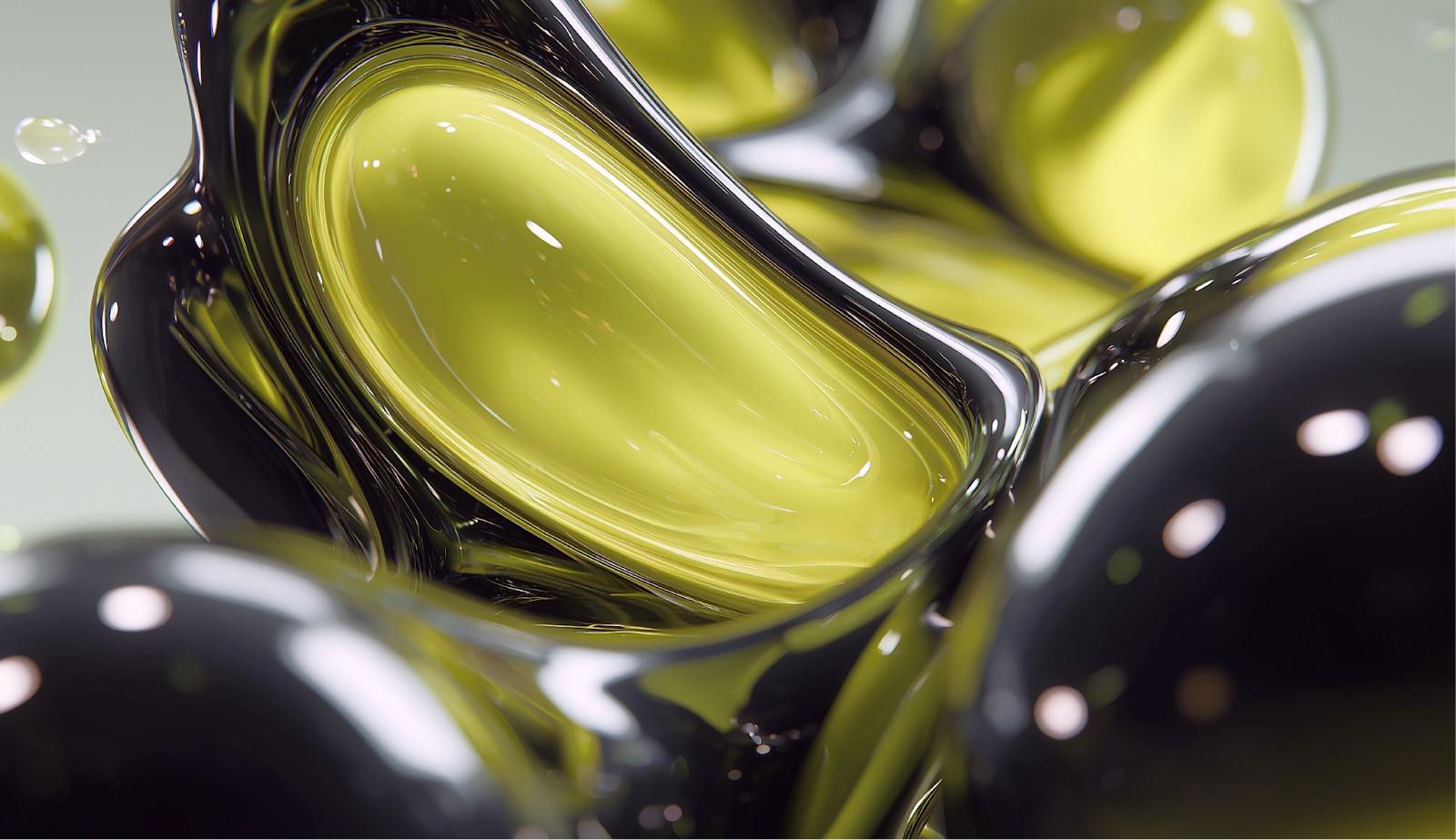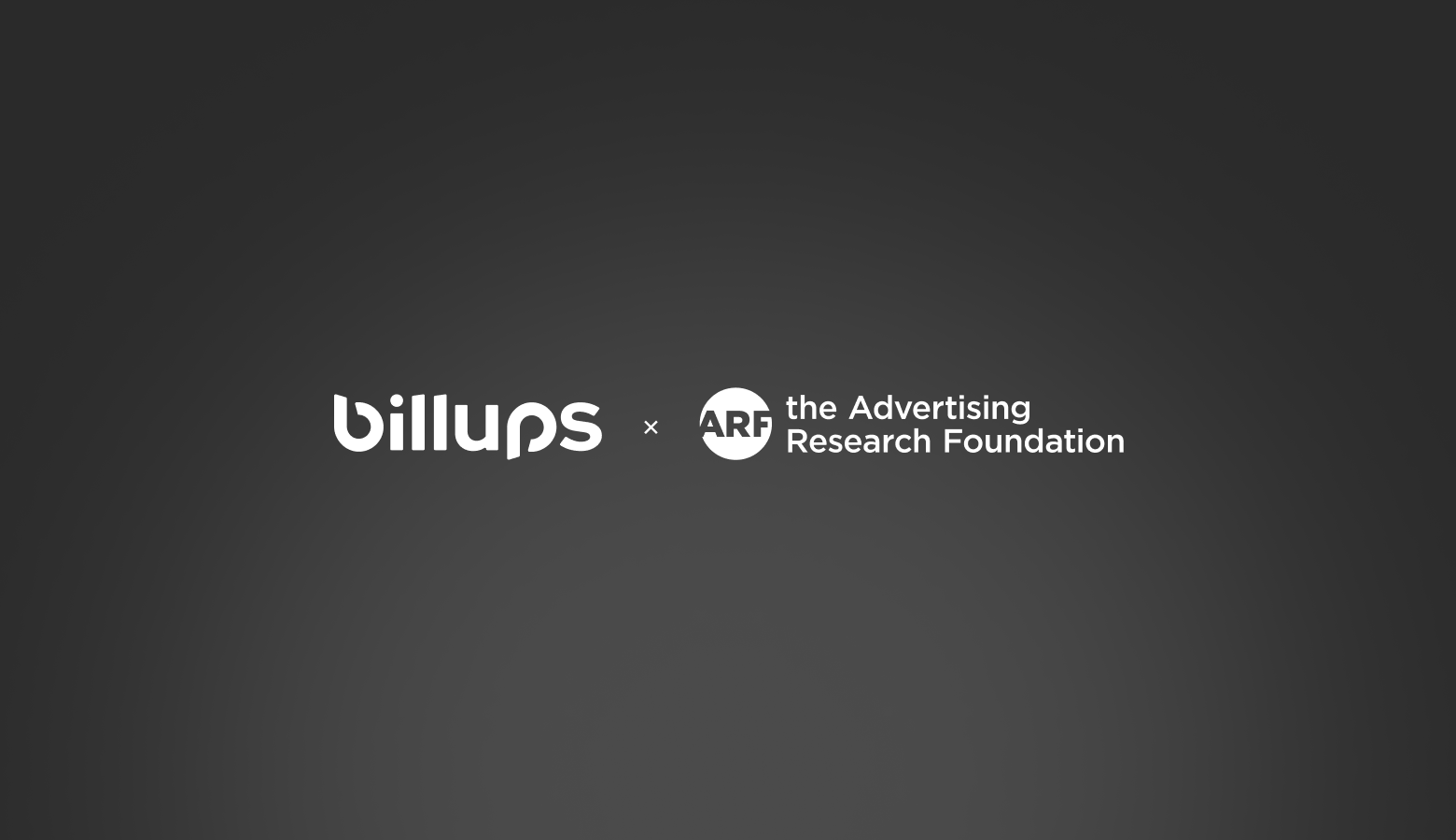When the City Becomes the Stage: ADE 2025 and the Power of Public Presence

For five days in October, Amsterdam transformed into a full-spectrum showcase of sound, culture, and experience. As a creative strategy team embedded in the world of design, OOH, and experiential branding, we attended ADE 2025 to witness the spectacle and to analyze it. Our two brave billups operatives, who attended all five days, participated in everything from conference panels and branded pop-ups to epiphanies both on the dance floor and behind the decks. What we experienced wasn’t just a milestone for a festival celebrating 30 years; it coincided with Amsterdam’750, the city’s year-long celebration of its founding. That backdrop elevated ADE from cultural event to civic phenomenon.
The City Becomes a Canvas
This year, ADE hosted more than 3,300 artists across 1,200 events in 200 venues, but the most important venue was the city itself. From De Pijp to Noord, from tram stations to storefronts, the festival overtook the urban landscape with a level of creative saturation we haven’t seen since the early days of guerrilla OOH. The black-and-yellow branding was omnipresent, but not static. It shifted across digital-out-of-home (DOOH) formats, projections, and mirrored installations like a living organism.
The 3D visual identity system, created to mark ADE’s 30th year, wasn’t just layered; it was architectural. As we moved through the city, it adapted to glass, brick, water, and shadow. On LED facades, it pulsed. On canal-side walls, it fragmented. In a clothing store in Jordaan co-branded by a rising European label, it fused music, merch, and motion graphics into one room.
Michael Brookman-Aikins, Global Head of Design at billups, put it this way: “OOH owns the physical city, the most powerful canvas for cultural storytelling.” And yet, what struck him during the event was how underutilized that canvas remains in the music world: "The industry gets reach, but not yet OOH. Few realize how it could help them engage beyond the stage and screen."

Public Space as Invitation
For us, the real breakthrough wasn’t visibility. It was philosophy. ADE 2025 treated every piece of outdoor media as a gesture of inclusion. Heineken’s "The First Round" activation, offering free drinks at participating bars, blurred the line between sponsor and host. Even those without a wristband could be part of the vibe.
Spotify Huis acted as a calm counterpoint. The minimalism of the façade contrasted with ADE’s sensory overload, yet inside, it offered multi-layered listening zones and live podcast recordings. QR codes on street-level signs linked you to curated playlists in real time, making the entire city feel like an interactive album.
Then there was Dolby Atmos House: a masterclass in spatial storytelling. Its restrained LED panels drew you in, not with noise but with tension. The line to get in stretched around Keizersgracht, turning wait time into performance. Every Instagram post was unpaid amplification.
Lab Energy, Street Vibes
At ADE Lab, the vibe shifted again. This was the zone for experimentation, where younger creators demoed gear from AIAIAI and Allen & Heath while engineers talked circuitry over coffee. The event design here leaned into transparency: open booths, accessible tools, and a visible maker culture.
Independent players held their own, too. Black Hole Recordings hosted a chrome-drenched pop-up on Herengracht that felt like a museum for trance culture. Meanwhile, Nxt Museum delivered "Visual Frequencies," an audiovisual installation that blended data, light, and ambient sound. One attendee described it as "watching architecture breathe."

Branding a Cultural Revolution: Vintage Culture and the BOMA Connect Effect
Few artists exemplified the convergence of sound, branding, and spatial storytelling at ADE 2025 like Brazilian DJ and producer Vintage Culture. His story began with humble beginnings, as he made beats with a government-provided computer, and evolved into becoming one of the most influential DJs and producers in the world. Throughout the week, he wasn’t just performing; he was architecting a full-bodied brand experience that stretched across panels, retail activations, and headline events.
It began with a panel discussion on Wednesday at Felix Meritis: "Inside the Rise of Vintage Culture: Branding, Vision, and Global Impact." In that talk, he offered a transparent view into the Só Track Boa. What started as a homegrown Brazilian brand is now an international force, thanks to a strategy built not on hype but on authenticity. “We’re not chasing money, we’re doing this because we love it,” he said. The room nodded in recognition.
Later that week, we stepped into the BOMA Connect pop-up at the Brazilian Meeting Point in central Amsterdam. A collaboration with Heineken and local designers, the event wasn’t a typical merch tent; it was a cultural embassy. Inside the transformed clothing store, you found limited-edition t-shirts, sticker packs, coffee, cold beer, and a stream of unplanned conversations. Outside, the line stretched in the cold and rain far down the street, which is the best OOH advertising you can get in many ways.
Every detail of BOMA Connect reinforced the Vintage Culture philosophy: that visuals should tell stories, not scream for attention. The intimacy of the space didn’t dilute the brand; it magnified it. This was OOH at its most human: small enough to hold a moment, large enough to carry a memory.
By Saturday, that same energy reached its crescendo during an evening event where Vintage Culture performed alongside Loco Dice. Here, the experience turned nocturnal and euphoric, but it was clear that the same design philosophy applied. The clothes, the pop-up, the panel, and the party were all one narrative arc, a brand story told in real time.
As a case study, Vintage Culture’s presence at ADE 2025 was a living example of brand unity. From physical space to digital platform, from one-to-one moments to large-scale events, it showed what’s possible when an artist thinks like a storyteller and behaves like a designer.
Brains Behind the Beats
Inside the ADE Pro conference, conversations took a turn toward strategy. Talks by execs from Spotify and TikTok tackled the future of discovery, while Daft Punk's creative director Cédric Hervet delivered a standout session on design as memory-making. A recurring theme? Context as communication.
Michael challenged one panel with a bold, reflective question: “Why do we demand ethical boundaries for AI when the foundations of our museums and much of our cultural wealth were built without consent?” That kind of question doesn’t seek controversy; it seeks clarity. It reminded us that ethical design must first be honest design.
We found this especially relevant. Whether it was a tram stop, canal wall, or storefront window, the most successful brand activations didn’t just show up—they synced with their environment. The city wasn’t a backdrop. It was part of the medium.

A New Standard for OOH
What ADE 2025 showed us is that the future of out-of-home isn’t just digital. It’s dimensional. It’s participatory. Posters that double as wayfinding tools. QR codes that become soundtracks. Buildings that become emotional surfaces.
Michael put it best: “Innovation isn’t about being louder. It’s about being more human.”
For brands and creatives in this space, ADE is no longer just a festival. It’s a masterclass in spatial storytelling. It’s proof that the most powerful campaigns don’t broadcast; they converse.
Epilogue: Memory as Media
Set against the backdrop of Amsterdam’750, a citywide celebration of heritage, identity, and creative reinvention, ADE 2025 found new weight. The festival didn’t just take over a city; it entered a dialogue with its history. Even as the event wrapped and visuals were taken down, the city retained a pulse. The ghost of projections on canal glass, faded and rain-soaked posters fluttering on lampposts.
This is the holy grail of branding: not just presence, but persistence. A campaign so immersive that it etches itself into local memory.
From a creative and strategic lens, ADE 2025 offered more than spectacle. It offered a blueprint. At billups, we don’t just observe where culture is headed, we help shape it. Festivals like ADE show us what’s possible when brand, place, and experience align. Our focus is to drive that convergence forward and pioneer new ways for sponsors, artists, and event organizers to turn temporary moments into lasting impact. If you’re ready to lead what’s next in event marketing and OOH, let’s create something unforgettable together.
Helpful resources
Explore our article library


